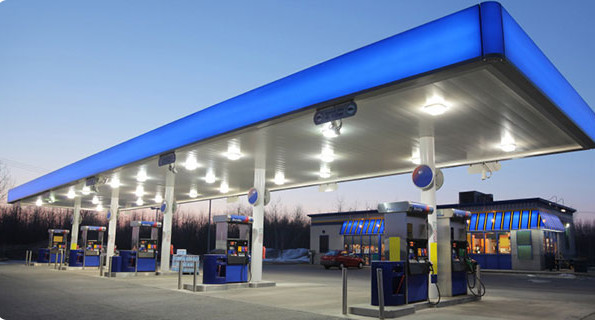Air Transfer Holes and Potential Pitfalls
How would you feel if your tanker driver was injured, or worse, killed delivering fuel to a forecourt? Take a look at this clip to see what can happen…
Some firms used to allow the slug of air preceding the gravity fed fuel to pass into the ullage space via large, drilled holes. Not forcing the air through the head of fuel already into the UST, they could allow for faster delivery whilst also stopping aeration and vapour growth. This is however, potentially literally, playing with fire!
Let’s look at why:
· Vapour recovery means the UST’s are kept pressurised at around 35mbar.
· When the tanker driver comes to fill the pressurised UST, they have to open the fill line cap to attach the fill hose, allowing potentially 1000’s of litres of vapour to escape.
· The vapour is heavier than air and flammable, it sinks, and can accumulate within enclosed spaces, cavities or drains.
All that is needed is some static discharge to ignite the vapour and the potential for disaster is huge, as can be seen in the below clip:
We, at Risbridger, know that these drilled holes have the opposite effect to that intended. We’ve witnessed fuel flowing past the holes, drawing in air from the ullage space and aerating the fuel entering the test tank. Never a scenario that one wants to see.
So what can be done? Read about a possible solution in our forthcoming blog.
Follow us on
Twitter: https://twitter.com/Risbridgerltd
Instagram: https://www.instagram.com/risbridgerltd/
Visit our website for more information: https://risbridger.com/


